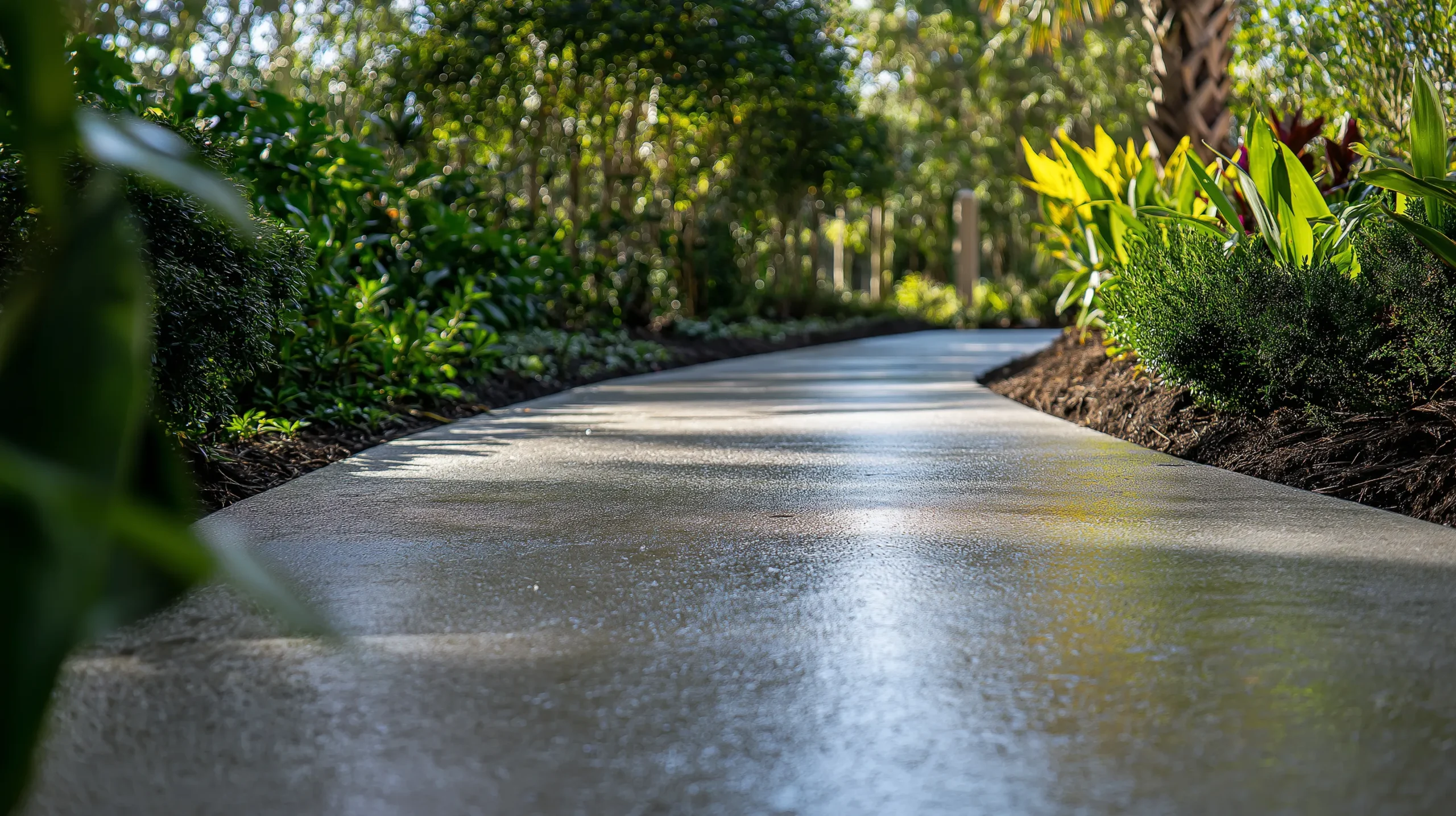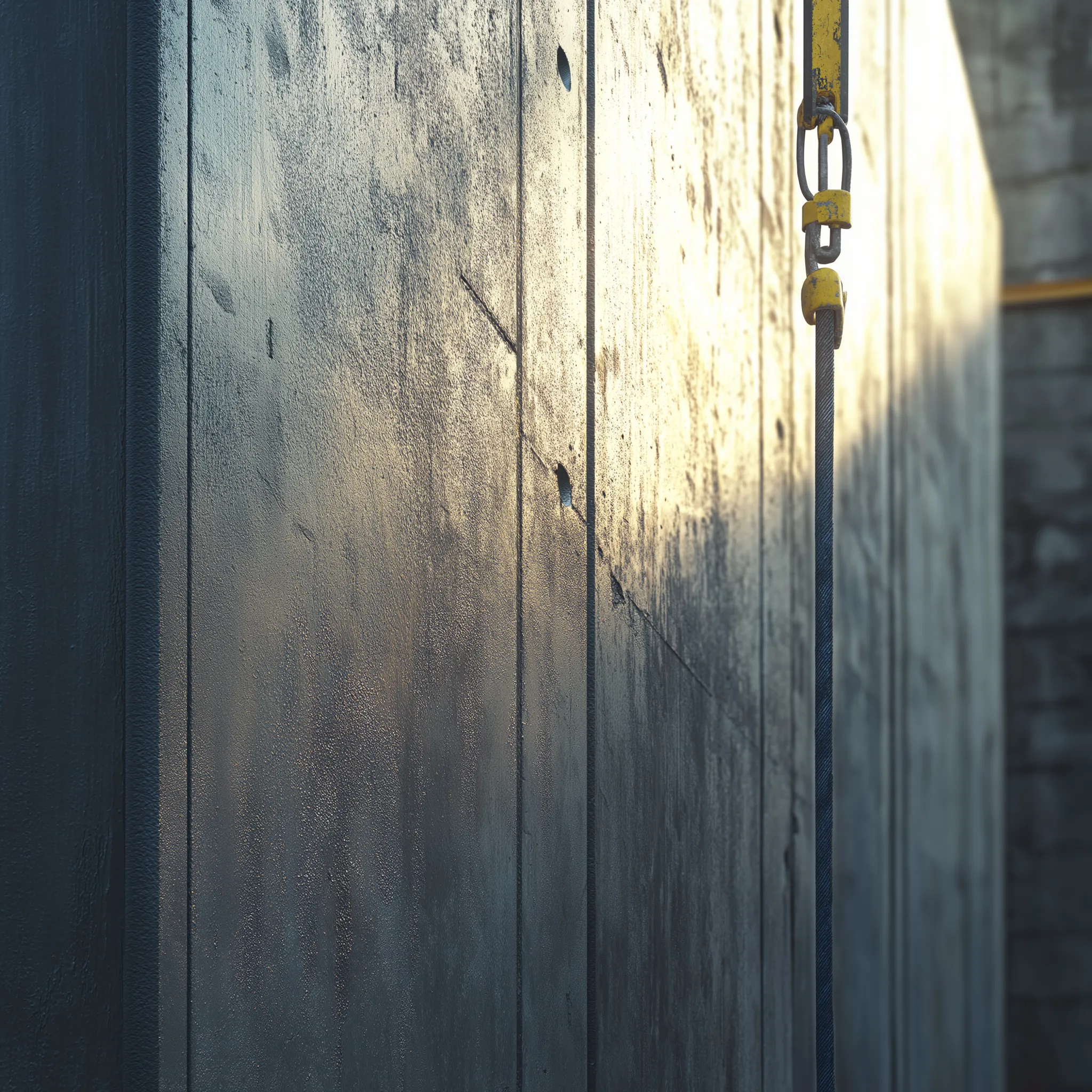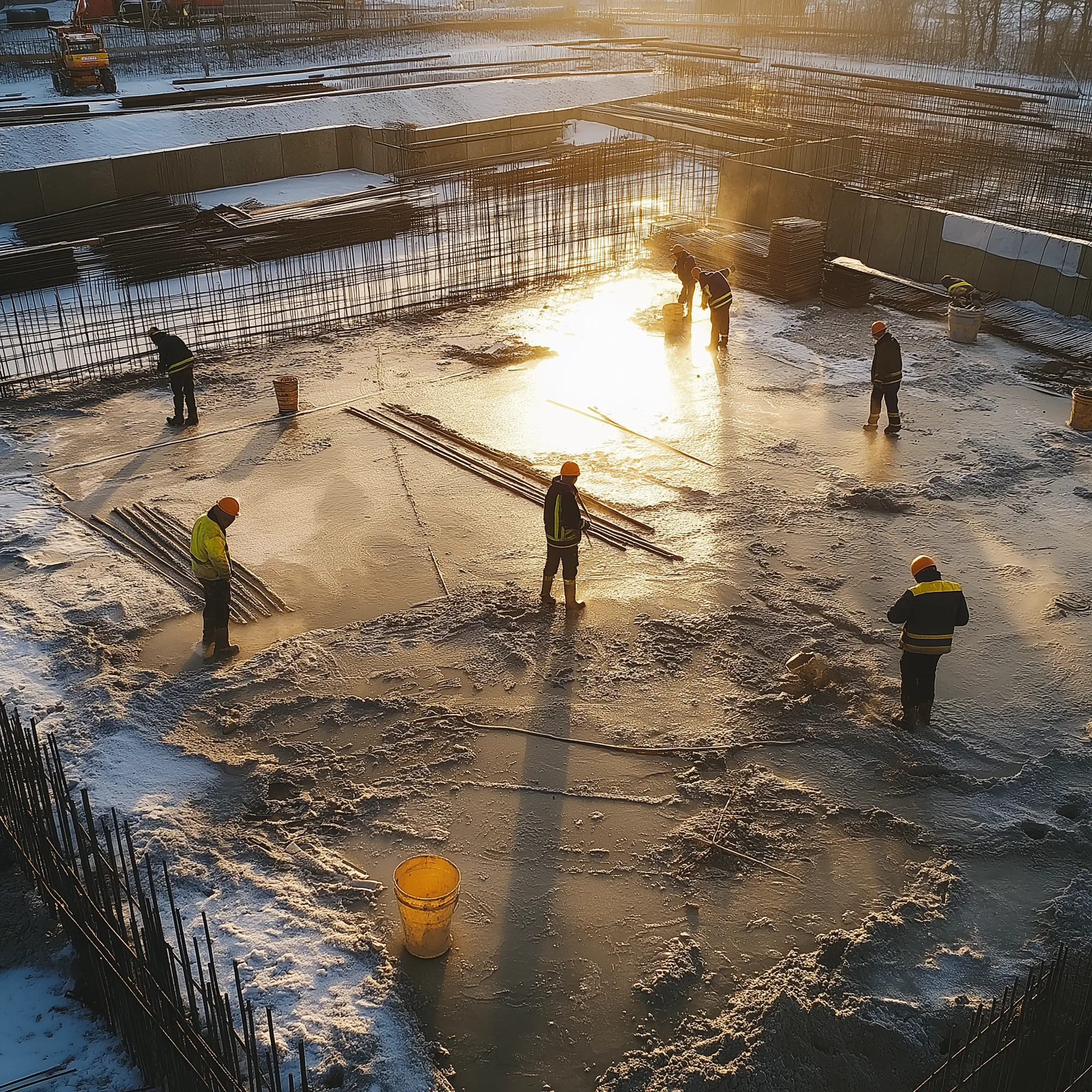Application procedures for curing compounds products include, but are not limited
- Water-based curing compounds should be thoroughly agitated prior to application. Do not mix with a high speed mixer.
- Most curing compounds will have to be removed prior to applying a sealer (acrylic, urethane, etc.), hardener (sodium silicate type), water repellent (siloxane or silane type) or any other secondary coating or topping.
- The rate of dissipation for hydrocarbon resin-based curing compounds is dependant upon climatic conditions, the rate of application, and exposure to ultra-violet light. Under normal conditions, chemical and physical breakdown will start in 4-6 weeks.
- typically, light abrasion along with low pressure water blasting is sufficient in cleaning resin curing compound residue.
What is ASTM C-309?
- ASTM C-309 Standard specification.
- Type 1, clear or translucent, without dye.
- Type 1-D, clear or translucent, with fugitive dye.
- Type 2, White Pigment.
- Class A – no restriction on vehicle solids in the curing compound.
- Class B – vehicle solids restricted to all resin material.
- Water Retention: The liquid membrane-forming compound, when tested in accordance with ASTM C-156, shall restrict the loss of water to no more than 0.55 kg/m2 (95% of reactive moisture retained) of surface in 72 hours.
- Drying Time: The liquid membrane-forming compound shall be dry to the touch in no more than 4 hours.
- Coverage: 200 square feet per gallon.
- Exclusion: Sodium Silicate based curing compounds are excluded.





